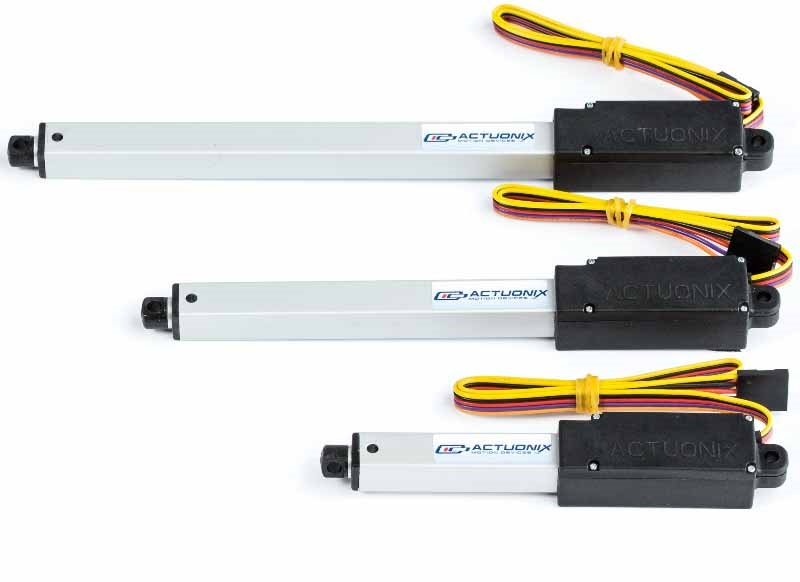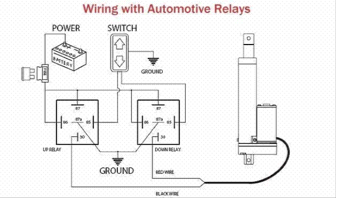How to Power a Micro Linear Actuator

Hello friends, I hope you all are doing great. In today's tutorial, we will have a look at
How to Power a Micro Linear Actuator. Before powering your micro linear actuator, make sure to pick the most quality option that fits your particular goals best.
The four most important features your actuator of choice must have are technical features and capabilities like: pushing/retraction power, operating cycle, speed, load factor, and others. Check these and the following features as well in the manual that comes with your actuator.
How to Power a Micro Linear Actuator
- Operating features like temperature limits, sensors necessity etc.
- Price.
- Accessibility.
And don't forget about actuators' optimization. It is very important as well.
So, after you've picked and got your micro linear actuator delivered, it is a high-time to power it up.
Powering
linear electric actuators is pretty much easy and it usually doesn't depend on what exact type of actuator you have. Most DC- and AC-type actuators operate from the power supply and a DPDT (Double Plie, Double Throw) switch.
Make sure you get a switching power supply that has a 12V output cable of a 6A. With this, you are able to work and operate all of your struts at the same time. And those struts can be under the full load. Make sure you know how many struts you need to operate at once. If it is only one strut, then you'll be fine with a 3A supply. And you should know how much force is being pushed unto each one of your struts. Because the amount of the current drawn depends on that force.
Try to wire them concurrently. It is the easiest way. But there is a possibility that they won’t work synchronously. You need to make sure that they are bolted together. In case if they are misaligned, there is a high possibility that the thing you mount the actuator to will break. Or just make separate switches for each strut. With that, you will be able to control each actuator separately.
Here is the part where you can find out how to change the direction of the current via reversing the polarity. The easiest and the only thing to do is to use a DPDT switch or a relay.
The scheme for wiring with a DPDT switch looks like this:

And the scheme for wiring with a relay looks like this:

When you buy switches, check that they are rated at least 3A (works well with one strut) or 6A (works well with two struts). Both of these switches can control the electrical current. If you go and get smaller or cheaper switches just know that they actuate the coils of bigger (10A) relays. And those are the subjects to the reversing and enabling the power.
If you are attaching the actuator to your desk that has only one single strut which is in the middle, think about adding some additional stabilizing details at both sides of this table. You can add arms, or scissors, or anything else you might find interesting or handy. And with that, you have a possibility to get rid of alignment issues. And no additional synchronization is required if everything is done right. If you are planning to lift something that weighs more than 150 kg, consider adding another strut. This will enable the support of up to 300 kg on your desk. How cool is that? Btw you can also automate it by interfacing any Microcontroller like Arduino Nano etc.
Conclusion
There is nothing scary or difficult in powering a micro linear actuator. There are some schemes that you might find useful for your case. Remember that everything you do is an art, so building something with a dash of engineering makes it even cooler.
Good luck with actuators!





